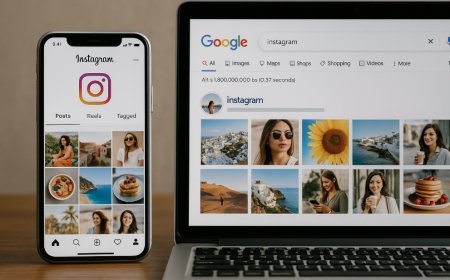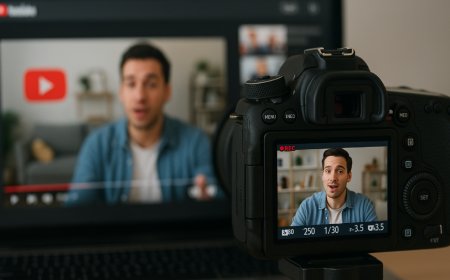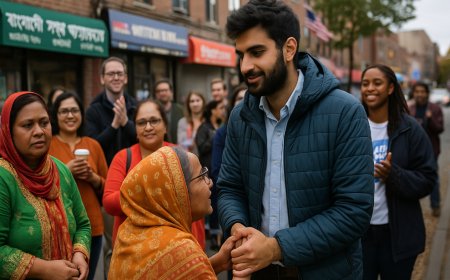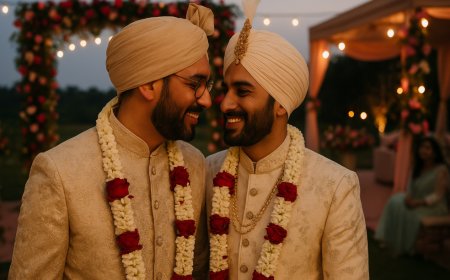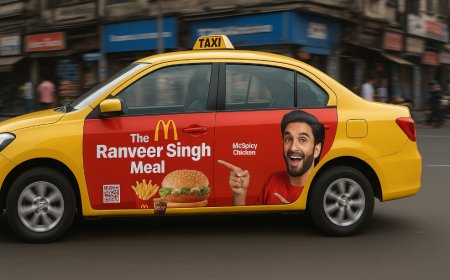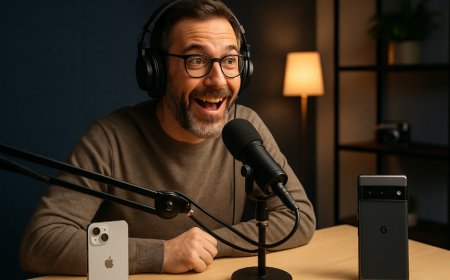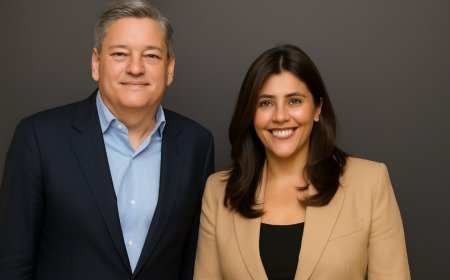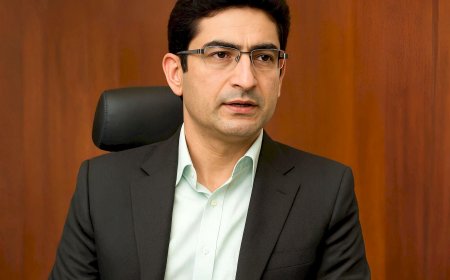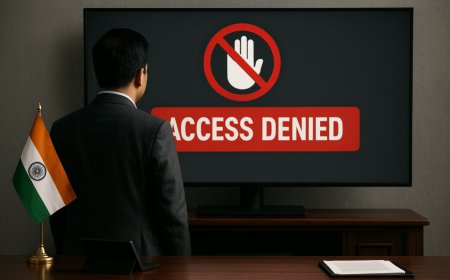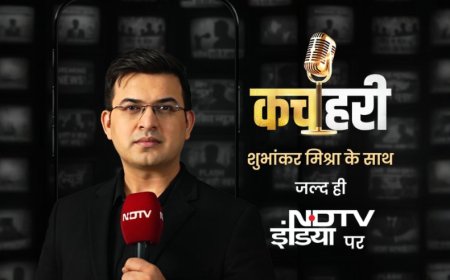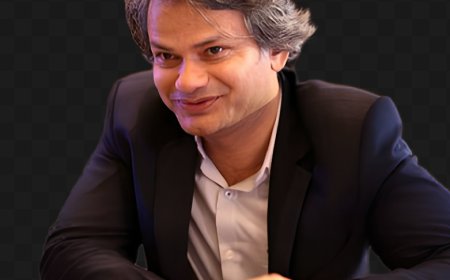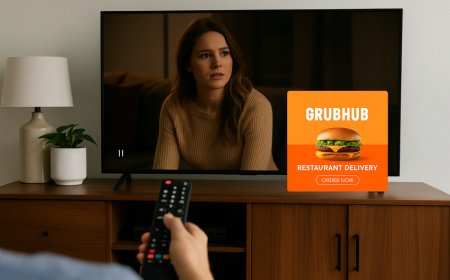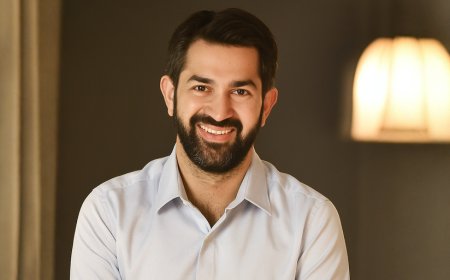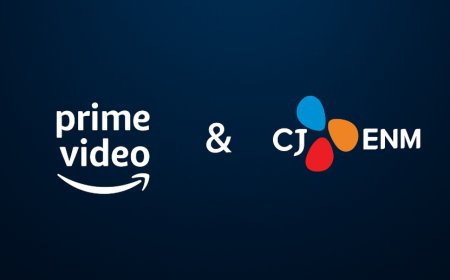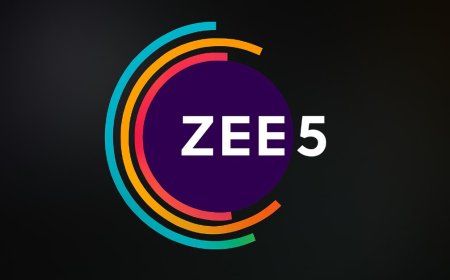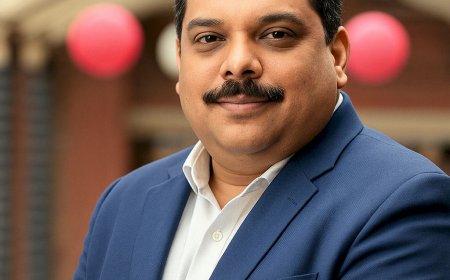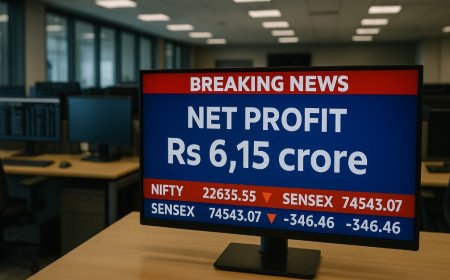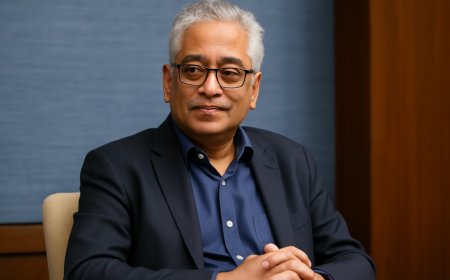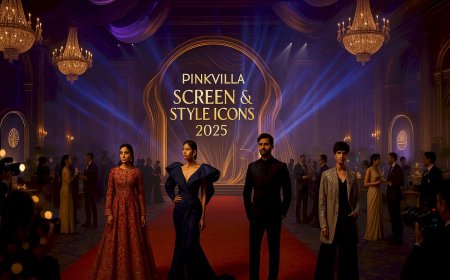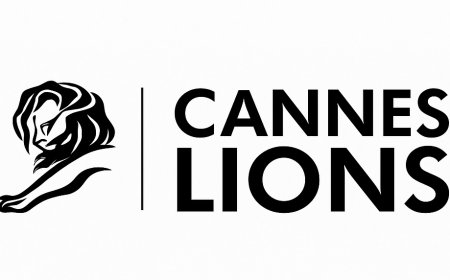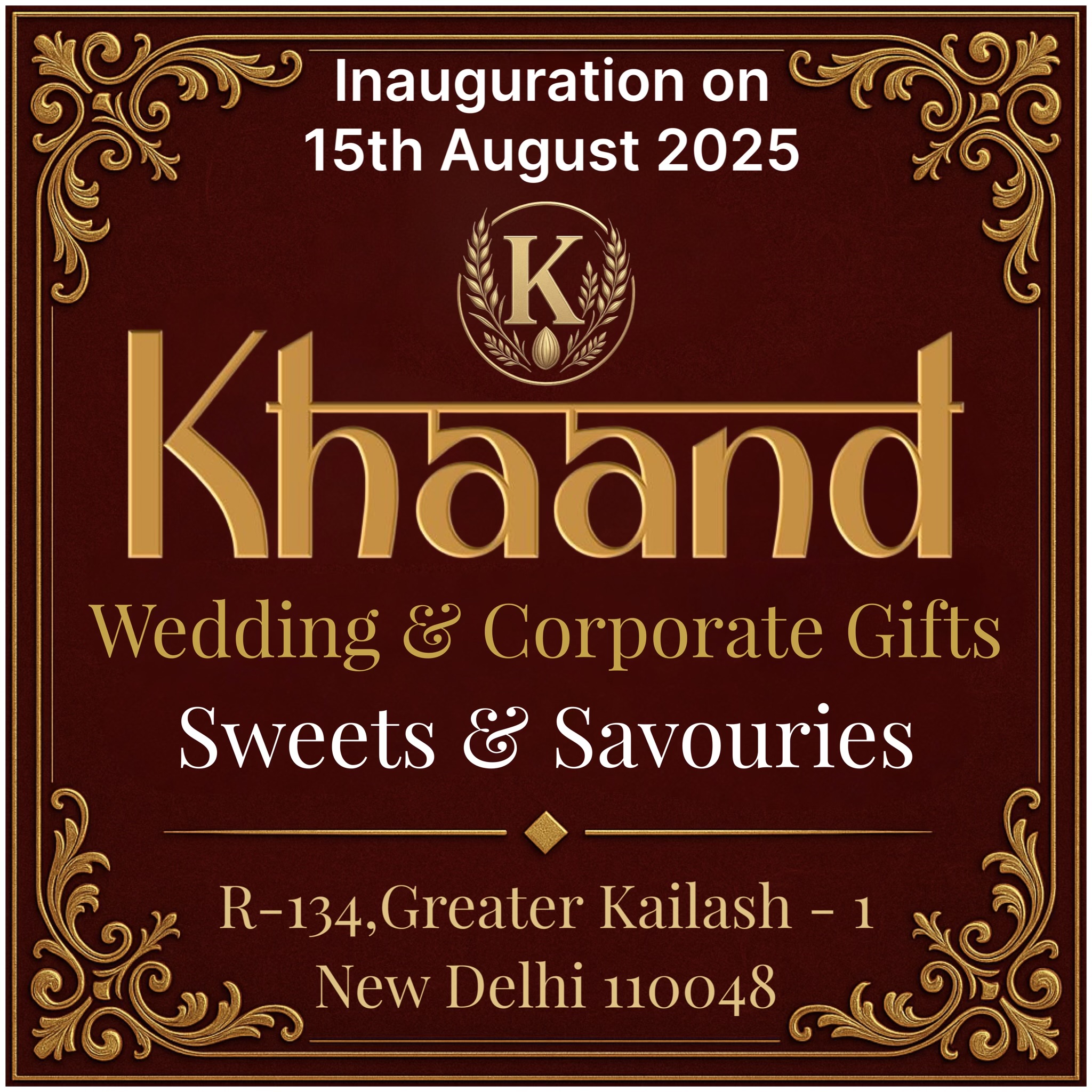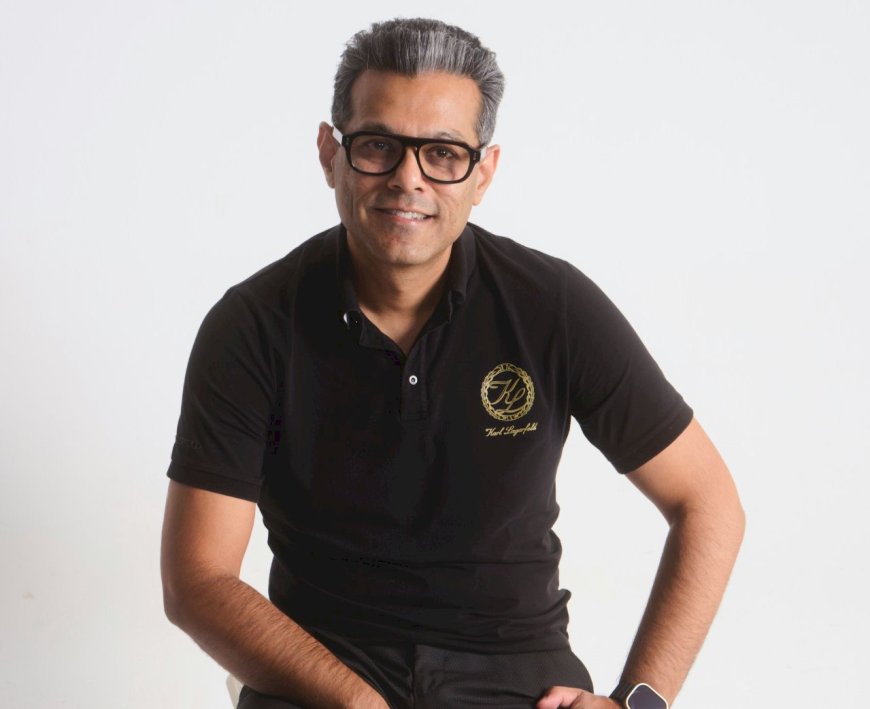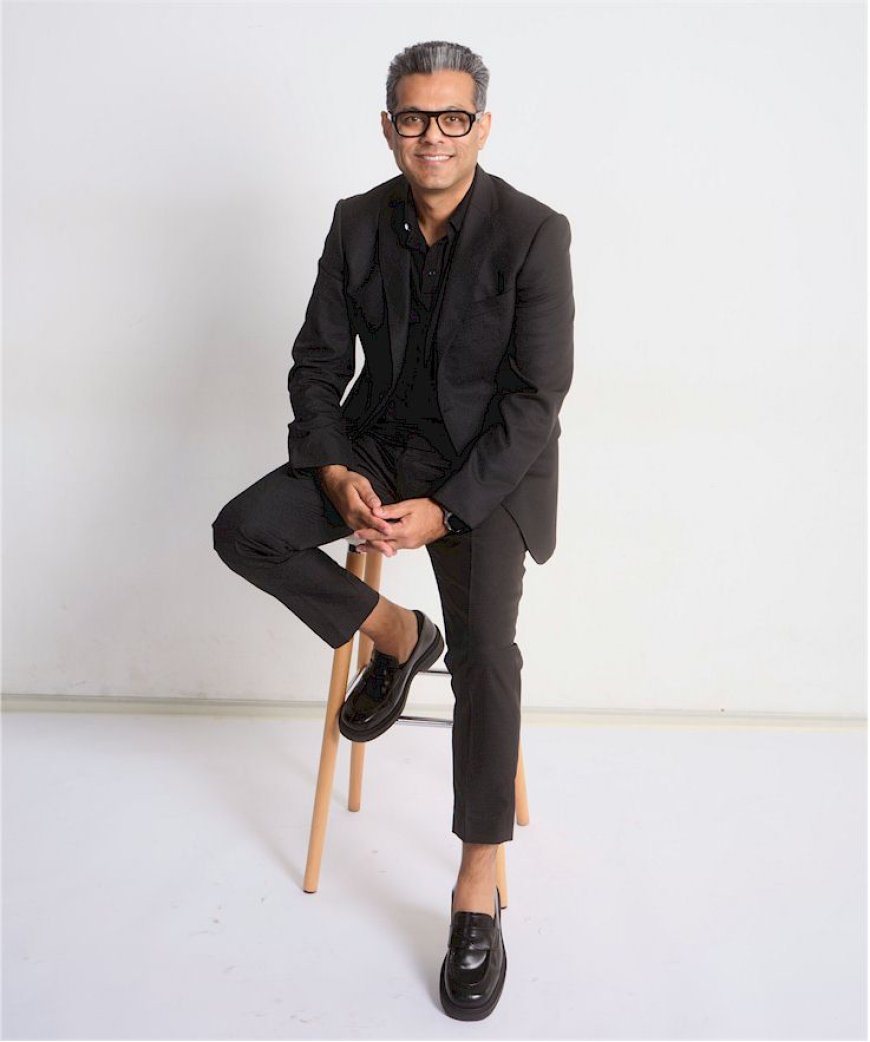Why Vulnerability is the New Strength in Advertising: Dheeraj Sinha’s Take on a Changing Industry
As advertising evolves, FCB India’s Dheeraj Sinha highlights why vulnerability is a strength in brand building, leadership, and storytelling. Read how empathy and authenticity are reshaping adland.
In a world where perfection has long been the gold standard, the advertising industry is undergoing a profound shift. No longer is it enough for brands to be polished and untouchable. Today, what resonates with audiences is realness—and at the center of this transformation is a powerful idea: vulnerability is a strength.
One of the key voices championing this change is Dheeraj Sinha, a respected leader in India’s advertising and marketing landscape. As Group CEO, FCB India & South Asia, Sinha has consistently pushed for brands to embrace authenticity over artifice. At a time when adland is being reshaped by new values, emerging voices, and digital disruption, his message is both timely and necessary.
The Era of Polished Messaging is Fading
Traditionally, advertising has focused on aspiration—presenting a perfect world where products solve every problem, people look flawless, and life is effortlessly beautiful. But this formula, while effective in the past, is now increasingly seen as outdated.
In today’s hyper-connected, content-saturated world, consumers—especially Gen Z—crave genuine emotion, relatable storytelling, and raw human connection. They want brands to acknowledge imperfections and share stories of growth, struggle, and transformation.
According to Dheeraj Sinha, embracing vulnerability is no longer a risk—it’s a requirement. And this shift is not just about messaging. It’s about a deeper rethinking of how brands connect with people, reflect societal values, and engage in meaningful dialogue.
Vulnerability Builds Trust
In marketing, trust is the most valuable currency—and vulnerability is a direct path to earning it.
When a brand admits a mistake, shares a real-life story, or supports causes that reflect empathy, it sends a clear message: “We see you. We’re human too.”
Sinha believes that in a world filled with curated perfection, vulnerability feels like truth. It breaks through the noise. And it enables brands to forge deeper, more lasting connections with their audience.
Some of the most impactful campaigns in recent years have been those that centered around real stories: whether it’s a personal journey of overcoming adversity, highlighting mental health issues, or challenging outdated social norms.
These aren’t just marketing stunts. They’re moments of reflection—inviting consumers to feel seen, heard, and respected.
Creative Confidence in Owning Flaws
For creative professionals, the shift toward vulnerability also means breaking out of old formulas. Rather than hiding behind big taglines and product benefits, storytellers are now encouraged to lean into emotional honesty.
Dheeraj Sinha often speaks about how agencies need to adopt a mindset of empathy over ego. True creativity, he argues, stems from a willingness to feel, to observe the world authentically, and to reflect that in the work.
This doesn’t mean replacing bold ideas with sob stories. Rather, it’s about crafting communication that reflects the real pulse of society. Whether it’s an inclusive beauty campaign, a brand advocating mental wellness, or a startup admitting the hustle is hard—vulnerability makes content more meaningful.
Leadership with Empathy: A New Creative Culture
Beyond brand messaging, Sinha also advocates for vulnerability in leadership.
The old archetype of the tough, infallible boss is being replaced by a more empathetic, emotionally intelligent leader—someone who listens, learns, and adapts. In creative agencies, this shift fosters more open communication, psychological safety, and ultimately, better work.
By creating a workplace culture where team members feel safe to express themselves—whether that means pitching a wild idea or admitting burnout—leaders unlock a richer creative process. This is where true innovation begins.
The Rise of Purpose-Driven Campaigns
We’re living in an age where social and cultural issues are no longer “off-limits” for brands. In fact, silence on critical topics often speaks volumes.
Whether it's climate change, gender equality, LGBTQ+ rights, or mental health, brands are expected to stand up, take a position, and reflect their values—not just for marketing, but for genuine impact.
Dheeraj Sinha has been a vocal supporter of purpose-led branding that isn’t just reactive or opportunistic. He argues that vulnerability plays a central role here too—it’s about owning the brand’s journey, acknowledging areas of improvement, and being open to evolution.
In a market as complex and diverse as India, this balance of cultural sensitivity, honesty, and social accountability is what separates meaningful work from mere advertising.
Why Vulnerability Resonates with Gen Z
The new generation of consumers is radically redefining what it means to be “cool.” Glossy perfection has been replaced by authentic expression, and performative brand activism is being called out.
Gen Z values transparency, relatability, and inclusivity. They expect brands to walk the talk—and they’re not afraid to hold them accountable.
This demographic connects with creators and companies that show their real side. That means behind-the-scenes content, brand founders talking openly about challenges, and campaigns that represent diverse, intersectional identities.
As Sinha notes, to win the attention of this generation, brands must be as real as their audience.
Advertising That Makes You Feel
Ultimately, advertising is a form of storytelling. And the most enduring stories are the ones that make you feel something real.
When brands dare to be vulnerable, they invite audiences into their world—not as spectators, but as participants. This emotional investment creates brand loyalty, not just because of what the product is, but because of what the brand stands for.
Dheeraj Sinha’s vision for the future of adland is rooted in this belief: that vulnerability is not a liability, but a superpower.
Conclusion: A Brave New Ad World
As the boundaries between commerce, culture, and consciousness continue to blur, the future of advertising belongs to those who are willing to be honest, open, and emotionally intelligent.
What's Your Reaction?
 Like
0
Like
0
 Dislike
0
Dislike
0
 Love
0
Love
0
 Funny
0
Funny
0
 Angry
0
Angry
0
 Sad
0
Sad
0
 Wow
0
Wow
0
